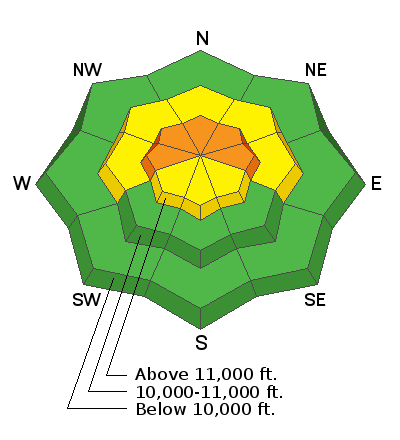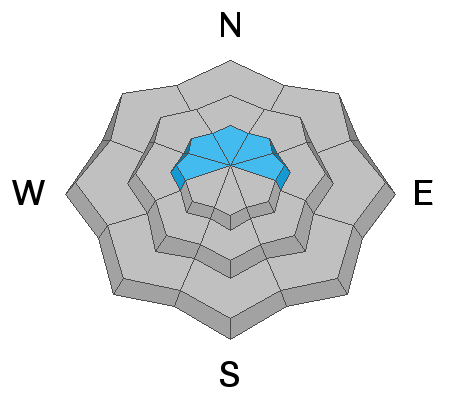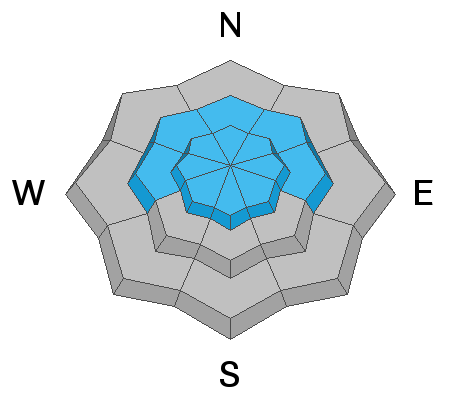Forecast for the Moab Area Mountains

Issued by Eric Trenbeath on
Thursday morning, March 21, 2019
Thursday morning, March 21, 2019
The avalanche danger is MODERATE this morning, but could rise to CONSIDERABLE today as blowing and drifting snow create unstable conditions on upper elevation slopes that face W-N-E. Avoid steep slopes with recent deposits of wind drifted snow.
There also remains a MODERATE danger for triggering a deep avalanche, failing on a buried persistent weak layer. Though the likelihood of triggering this type of avalanche has lessened, the consequences have not, and this type of avalanche is un-survivable. The problem exists primarily on steep slopes facing NW-N-E, but in some cases, it may be found on all aspects of the compass, particularly at upper elevations.

Low
Moderate
Considerable
High
Extreme
Learn how to read the forecast here








